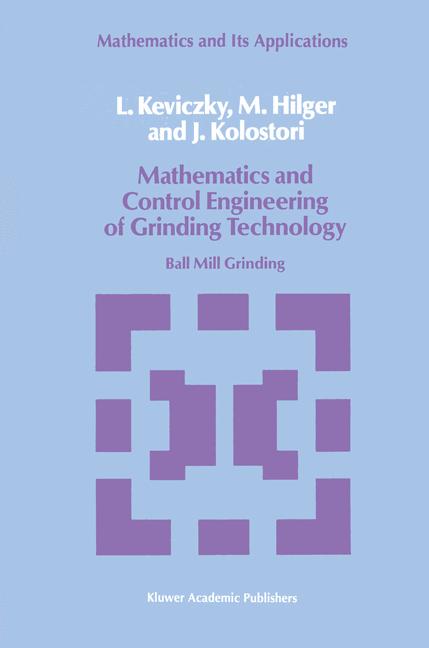
Zustellung: Mi, 11.06. - Sa, 14.06.
Versand in 1-2 Wochen
VersandkostenfreiBestellen & in Filiale abholen:
'Et moi, . . . , si j"avait su comment en revenir, One service mathematics bas rendered the je n'y seWs point alit: human race. It bas put common sense back Jules Verne where it belongs, on the topmost shelf next to the dusty canister labelled 'discarded non- The series is divergent; therefore we may be sense'. able to do something with it. Eric T. Bell o. Heaviside Mathematics is a tool for thought. A highly necessary tool in a world where both feedback and non linearities abound. Similarly, all kinds of parts of mathematics serve as tools for other parts and for other sciences. Applying a simple rewriting rule to the quote on the right above one finds such statements as: 'One service topology has rendered mathematical physics . . .'; 'One service logic has rendered com puter science . . .'; 'One service category theory has rendered mathematics . . .'. All arguably true. And all statements obtainable this way form part of the raison d'etre of this series.
Inhaltsverzeichnis
1. Introduction. - Symbols used in the figures. - 2. Particle Size Distribution of Ground Material. - Definition of specific surface. - Summary of Chapter 2. - Symbol nomenclature in Chapter 2. - 3. The State Space Equations of Batch Grinding. - Determination of the elements of the comminution (size distribution) matrix. - Determination of the elements of breakage rate matrix. - Solution of the state equations. - Connection between the classical theory of grinding and the state equations. - Calculation of the specific surface. - Summary of Chapter 3. - Symbol nomenclature in Chapter 3. - 4. Modelling of Open Circuit Grinding. - Summary of Chapter 4. - Symbol nomenclature in Chapter 4. - 5. Material Flow Models of Closed Circuit Grinding. - Macrostructural models. - Dynamic particle size distribution models. - Summary of Chapter 5. - Symbol nomenclature in Chapter 5. - 6. Mathematical Model of the Classifier. - Problems of modelling the specific surface of the final product. - Summary of Chapter 6. - Symbol nomenclature in Chapter 6. - 7. Dynamic Models of the Chemical Composition of Ground Materials. - Modelling of homogenizing silos. - Batch silo. - Continuous silo. - Summary of Chapter 7. - Symbol nomenclature in Chapter 7. - 8. Advanced Control Systems for Grinding. - Composition control. - Control of the quantity produced. - Fineness control. - Summary of Chapter 8. - Symbol nomenclature in Chapter 8. - References.
Produktdetails
Erscheinungsdatum
31. März 1989
Sprache
englisch
Auflage
1989
Seitenanzahl
192
Autor/Autorin
M. Hilger, L. Keviczky, J. Kolostori
Verlag/Hersteller
Produktart
gebunden
Abbildungen
X, 178 p.
Gewicht
459 g
Größe (L/B/H)
241/160/16 mm
ISBN
9780792300519
Entdecken Sie mehr
Bewertungen
0 Bewertungen
Es wurden noch keine Bewertungen abgegeben. Schreiben Sie die erste Bewertung zu "Mathematics and Control Engineering of Grinding Technology" und helfen Sie damit anderen bei der Kaufentscheidung.











